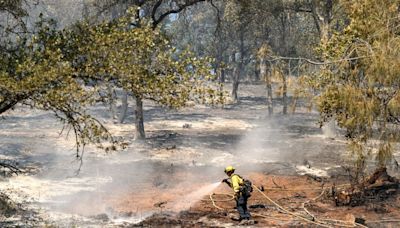Search results
The Waves is a 1931 novel by English novelist Virginia Woolf. It is critically regarded as her most experimental work, consisting of ambiguous and cryptic soliloquies spoken mainly by six characters: Bernard, Susan, Rhoda, Neville, Jinny and Louis.
- Virginia Woolf
- 1931
The Waves, experimental novel by Virginia Woolf, published in 1931. The Waves was one of her most inventive and complex books. It reflects Woolf’s greater concern with capturing the poetic rhythm of life than with maintaining a traditional focus on character and plot.
- The Editors of Encyclopaedia Britannica
The Waves is a modernist novel that follows the lives of six friends from childhood to old age. The novel explores themes of identity, time, memory, and death through interior monologues, symbolic days, and literary devices.
- Virginia Woolf
- 1931
Learn about Virginia Woolf's novel The Waves, which follows the lives of six friends from childhood to old age. Find a plot summary, important quotes, and an analysis of the character Bernard.
The Waves is a novel by Virginia Woolf that explores the lives and consciousness of six characters from childhood to middle age. The novel uses stream-of-consciousness narration, leitmotifs, and experimental form to challenge conventional storytelling and explore themes of identity, language, and death.
Dec 24, 2023 · The Waves. Virginia Woolf. Oxford University Press, 1998 - Fiction - 260 pages. Woolf described this work on the title-page of the first draft as the life of anybody. The novel (1931) traces the...






